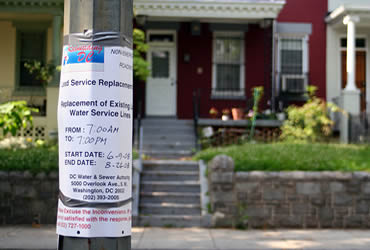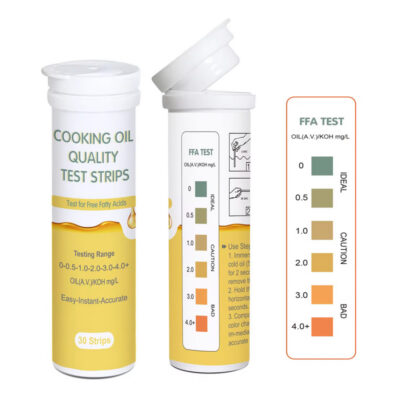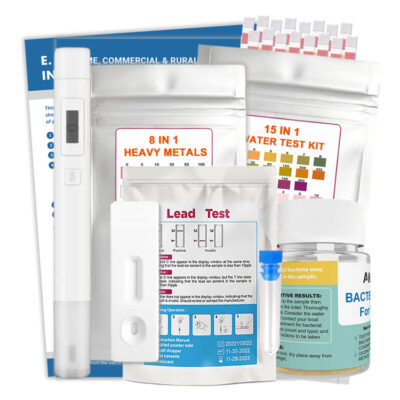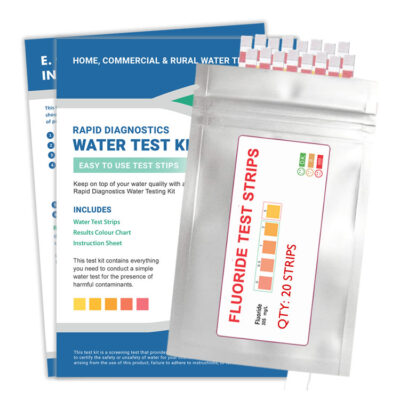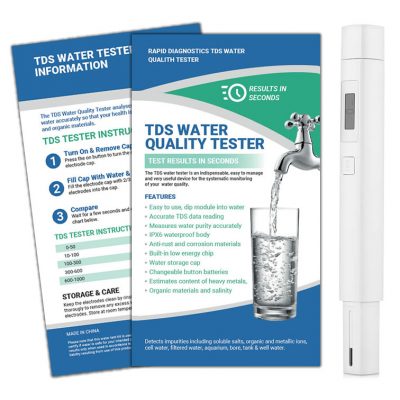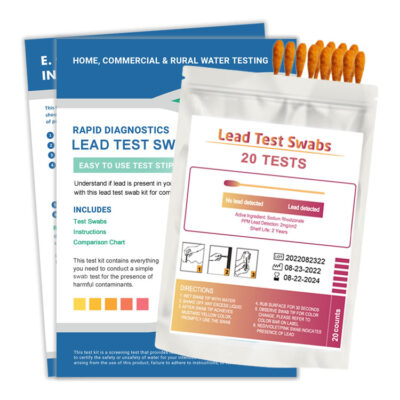
Lead in Drinking Water Detected in W.A Homes
Measures to Reduce Contamination of Lead in Water | One of the vital aspects for maintenance of public health and ensuring healthy communities is the provision of safe drinking water. In this context it is the duty of local authorities to ensure that proper systems are in place so that safe drinking water can be delivered to households, businesses, schools and hospitals through the public water systems. Drinking water can be contaminated in a number of ways and one of them is lead.
Peculiarities of Lead Contamination in Drinking Water
As estimated by Environmental Protection Authority, about 20% of an individual’s total lead exposure can come from contaminated drinking water. So, though contaminated drinking water may not be the single cause of lead exposure it contributes to it in a large way. The second feature is that lead contamination never really happens at the source of origin such as the lakes and rivers. It enters the water through domestic plumbing or water distribution system which may contain small traces of lead. Copper and lead pipes or lead based soldering are the causes for lead contamination of drinking water. The third peculiarity is that greater the time the water stands in contaminated household plumbing systems more is the amount of lead dissolved in it. So it is best to let the water run out for a while before using it for drinking or cooking purposes.
Remedial Solutions to Reduce the Exposure of Lead in Water
Testing: This is the foremost step that should be taken in order to ascertain the lead levels contaminating your drinking water as lead otherwise cannot be detected by any other method. Depending on your location, Lead-in-water testing kits are available for free from your local council or water board. You can also purchase relatively inexpensive, easy to use dip and read lead testing kits which can detect extremely low levels of lead.
Ascertain your water’s pH levels: As an example private wells can have increased lead content because of low pH levels. Decrease in these levels below 7.0 makes the water acidic which can be the reason for lead leaking from plumbing fittings. However, this situation can be rectified by adding acid neutralizing agents to the water.
Other action steps: If you detect lead presence beyond 15 ppb in your drinking water then let it run down for about 30 seconds if it has been standing in the faucet for periods exceeding six hours or so. Do this for each and every faucet that you use for drinking or cooking purposes.
Avoid using water from your hot water faucet for cooking or drinking as hot water has more quantities of lead dissolved in it. You can filter out loose lead debris from plumbing fittings that have been recently replaced or organise for copper pipes that have been soldered with lead to be replaced.
On a Concluding Note
The above are some remedial steps that will help you to lower the levels of Lead in Water. If they are however, insufficient to reduce the lead levels below 15 ppb then purchasing or leasing a water treatment device for your home is what you need. Contact your local water board or city council for more information.

